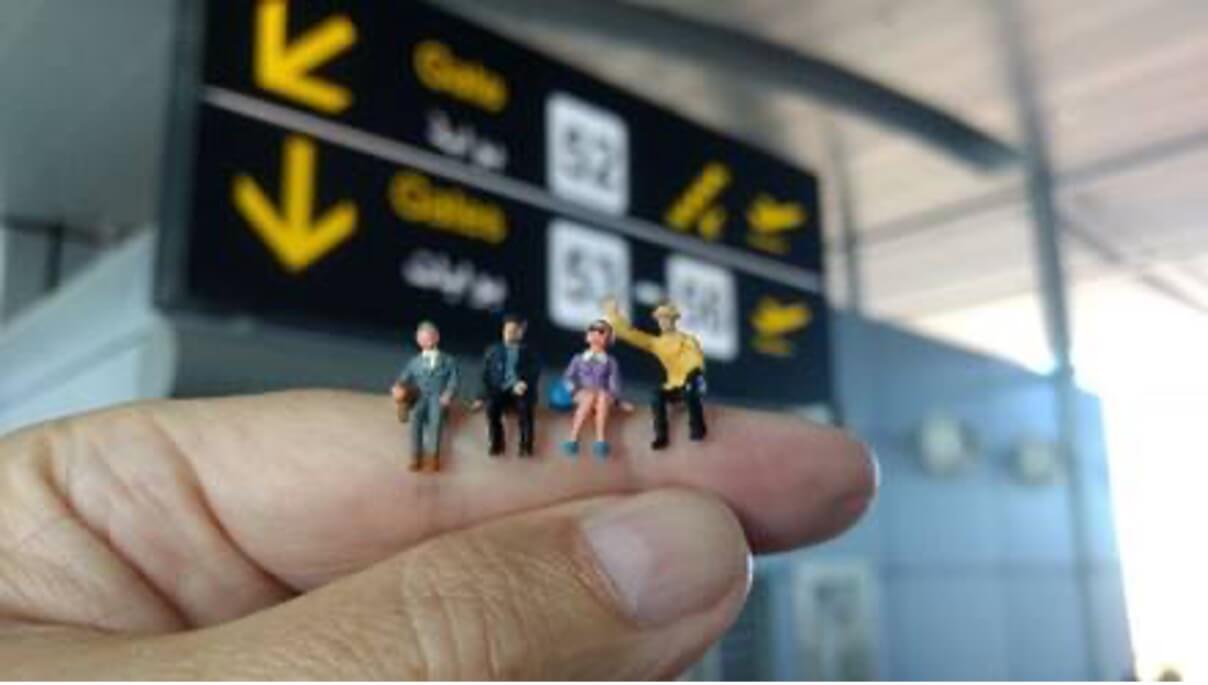Aerotropolis
An aerotropolis is the concept of a new and fully integrated airport city where the actual airport, logistics, infrastructure and accessibility are the essence of the idea.
Read MoreOAC must make decisions regarding energy solutions for a vast area, which will be developed over an extended period. The area plan contains clear guidelines requiring energy solutions to align with ambitious environmental and energy efficiency standards. This decision has economic implications for building investment and operational costs and will have a lasting impact for years to come. Our aspirations are directed towards being Norway's leading sustainable business district. By planning and preparing for a future emissions-free destination with energy surplus in Norway's most important transit-oriented development, OAC will be an exceptional sustainable area in a Norwegian, European, and global context.

Development through competence, location, and thorough planning and development is the key to lower transportation needs and resource consumption, as well as available and pleasant surroundings. This is how we will make Oslo Airport City (OAC) an attractive workplace for companies and travellers with high sustainability requirements, both socially, environmentally, and economically.
In 2021, we entered into a long-term strategic collaboration with Statkraft for the supply of district heating and cooling to all our construction sites and buildings under development. This collaboration led us to build the Porsche Center Gardermoen with forward-looking, energy-efficient solutions and an innovative energy centre in the World Seafood Center (WSC), the world's largest seafood cooling facility located to the west of our plots, towards the new runway 3.
Statkraft is also planning its own energy park on one of our plots, where renewable thermal energy will be obtained for our buildings and the area. Our collaboration with Statkraft has resulted in other landowners and actors being given the opportunity to establish sustainable solutions, thereby supporting our holistic approach to sustainable solutions for the entire area.
BREEAM-NOR is the environmental certification system for buildings in Norway. We use this system in the planning, development, and implementation of all our buildings and projects. Porsche Center Gardermoen is BREEAM certified; moving forward, both WSC and our third building, a new modern Art and Value Storage, will also be certified.
An aerotropolis is the concept of a new and fully integrated airport city where the actual airport, logistics, infrastructure and accessibility are the essence of the idea.
Read MoreAirports as the core of urban economic growth and development.
Read More

